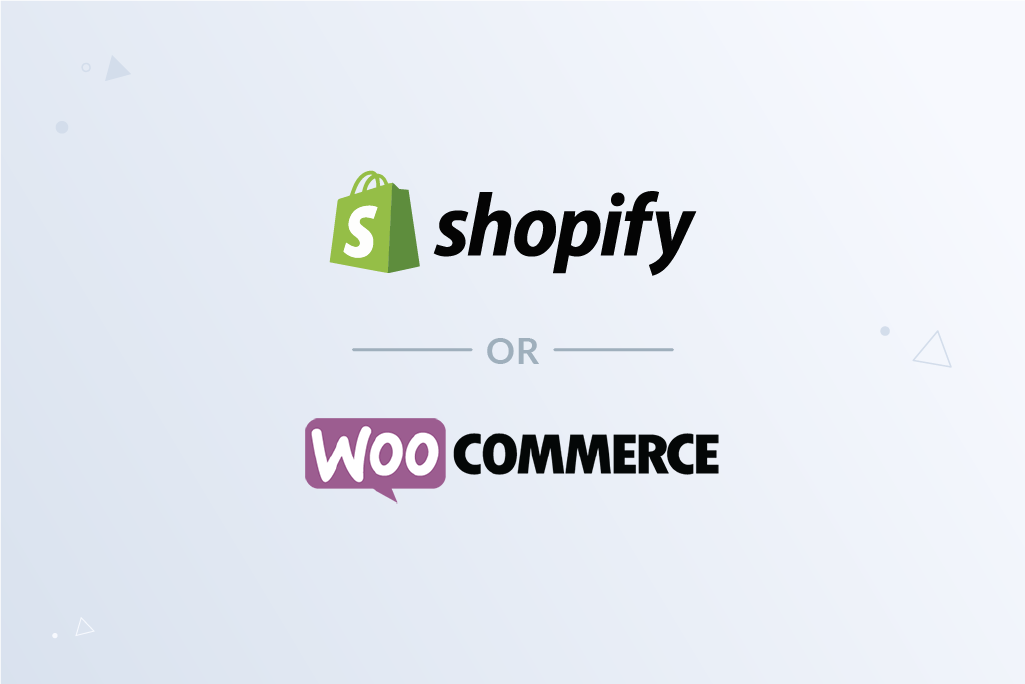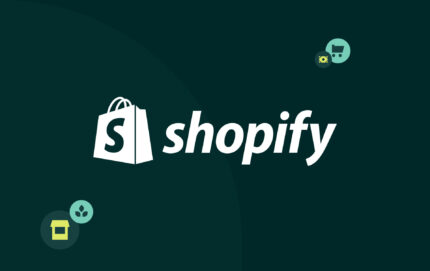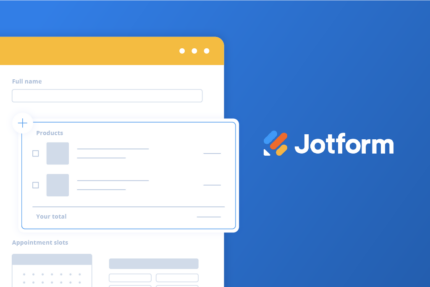The two biggest decisions for anyone wanting to launch an online store are normally “what products should I sell?” and “what platform should I use to do so?” While the first question literally has an infinite number of answers, we can offer some useful insights on the second.
While there are tons of different ecommerce platforms out there to choose from, two extremely popular options are Shopify and WooCommerce. In this blog post, we’ll compare the two platforms on their ease of use, different features and unique selling points to help give you a better understanding of which one is better suited for your ecommerce needs.
Shopify – a holistic ecommerce platform
Shopify was founded in Canada in 2004 as the solution for selling products online after the three co-founders weren’t able to find a suitable platform to sell snowboarding equipment. The platform quickly grew to become a word almost synonymous with ecommerce due to its ease of use and how quickly it takes to get up and running. There are now over 1 million businesses around the world that are using Shopify who can attest to this.
Design & development
With Shopify you can literally launch your online store in a few minutes without any web design skills. There are an array of beautiful themes to choose from, many of which are free, as well as easy to use tools to manage your online store. This means Shopify is great for merchants who are wanting to get their online store off the ground ASAP.
However, Shopify is not ideal if you want to experiment and make a lot of customisations to your online store, in which case WooCommerce is the better ecommerce solution. It’s also worth mentioning that if you use Shopify, you don’t technically own your website and will have to abide by their T&Cs which, for example, forbids the sale of certain products.
Usability & functionality
Shopify’s straightforward and intuitive dashboard enables you to easily manage and update your product inventory, images and descriptions, orders and even website SEO. Other popular features include abandoned cart recovery, unlimited products, a website and blog. Shopify also easily integrates with countless applications, often for free, including accounting software, Facebook and of course the Payfast online payment gateway.
Cost
While you can use Shopify for a 14-day free trial, after that you’ll have the option of choosing from three monthly packages ranging from $29 to $229 per month (at the time of writing). Each package offers different features, so it’s important to evaluate what your business needs are.
Although Shopify may seem a bit expensive when converted into South African Rands, users believe that their money is well spent. Shopify is transparent about everything you pay for; the subscription covers hosting, security, support, as well as access to thousands of apps that can be added to your online store.
Visit the Shopify website for more information.
WooCommerce – an open-source ecommerce platform
WooCommerce is an open-source ecommerce plugin for WordPress that was released by WooThemes in 2011 (who was later acquired by Automattic in 2015). The plugin quickly grew in popularity amongst novices and the dev community alike for its ease of installation on any WordPress website and customisation abilities. It currently holds first place for the most used ecommerce platform in the world; although it’s difficult to get an exact figure, there are at least 5 million active installations of the plugin.
Design & development
The biggest selling point of WooCommerce is the freedom it allows you in building and customising your online store. If you already have a WordPress website then WooCommerce literally takes only a few minutes to set up. You then have the freedom to customise the design of your homepage, menus, site structure, product pages as well as payment and shipping options. Of course if you are building the website from scratch, it’ll take more time and technical knowledge.
The WooCommerce Marketplace has an impressive selection of free and paid features, extensions and themes that can be added to your online store, most of which are developed by the dedicated WooCommerce online community. Therefore, as long as you have a bit of technical know-how and time on your hands, then the sky’s the limit in what you can turn your online store into.
Usability & functionality
While WooCommerce may have a steeper learning curve, it’s usability is comparable to Shopify. Both platforms integrate with the likes of Instagram and Facebook, however while Shopify does so for free you’ll be required to pay for some of the WooCommerce integrations.
Some of the most popular WooCommerce features are built-in blogging (thanks to the WordPress website), unrestricted customisation with thousands of plugins to choose from, the option to sell an unlimited amount of physical or digital products, and the fact that you have 100% control over your website and data.
Cost
While the WooCommerce plugin is free, for your actual website you’ll be required to pay for essential extras like hosting, security, SSL certificate, plugins, themes and maintenance, which can work out to be more expensive than paying a monthly all-included fee for Shopify.
Visit the WooCommerce website for more information.
Choosing the right platform for you
At the end of the day, both Shopify and WooCommerce have their pros and cons, so it’s up to you how much time and money you want to spend on getting your online store ready and maintaining it. Payfast integrates with both platforms, as well as many other shopping cart platforms and custom integration, so no matter what your decision is, you can count on us to be your online payments partner.
Follow us on Facebook, Instagram, LinkedIn or Twitter for regular Payfast news and updates.




